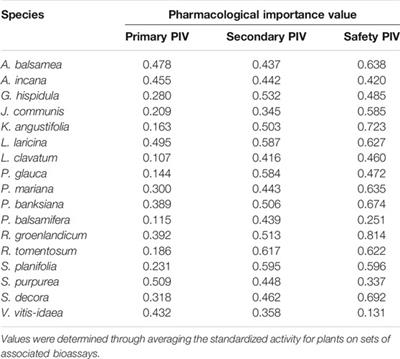EDITORIAL
Published on 11 Feb 2022
Editorial: Bioassays for Assessing Traditional Medicines: Promises and Pitfalls
doi 10.3389/fphar.2022.839988
- 1,091 views
6,462
Total downloads
34k
Total views and downloads
You will be redirected to our submission process.
EDITORIAL
Published on 11 Feb 2022
SYSTEMATIC REVIEW
Published on 18 Jan 2022

ORIGINAL RESEARCH
Published on 17 Jun 2020

ORIGINAL RESEARCH
Published on 25 May 2020

PERSPECTIVE
Published on 22 Jan 2020
ORIGINAL RESEARCH
Published on 23 Oct 2019
